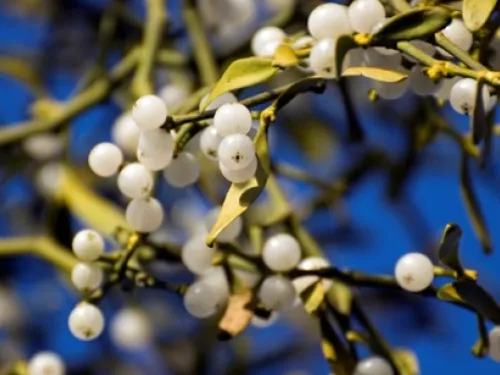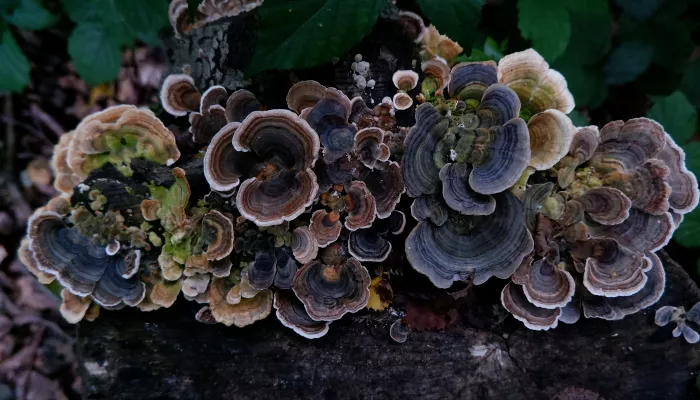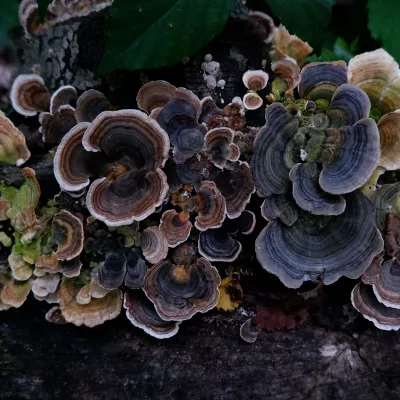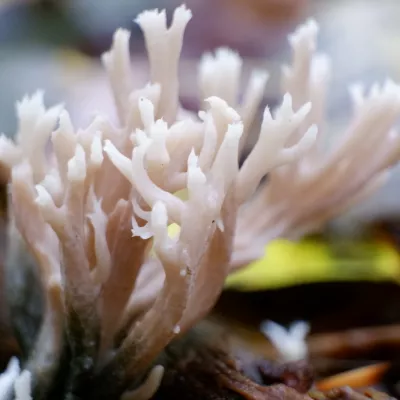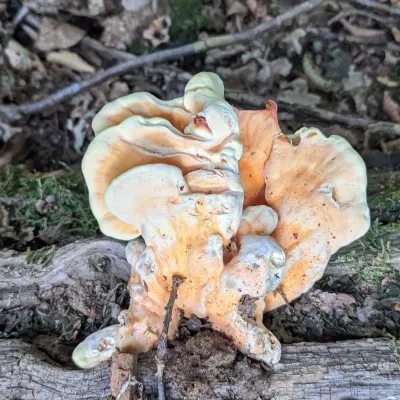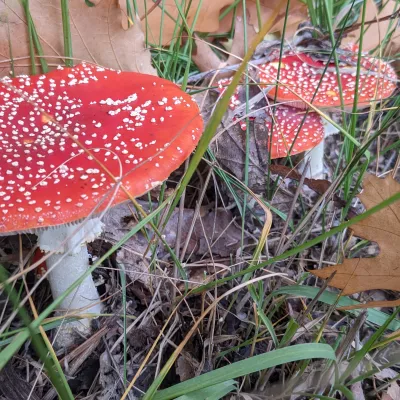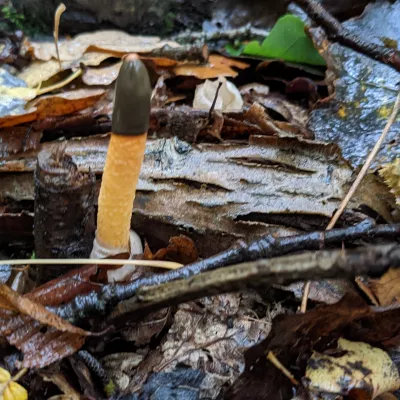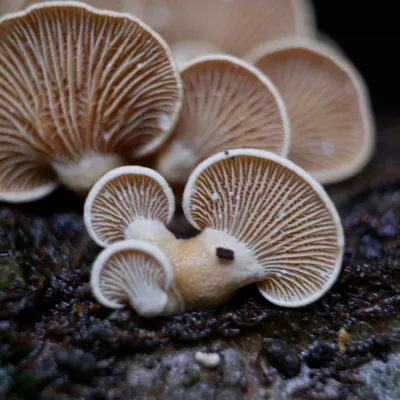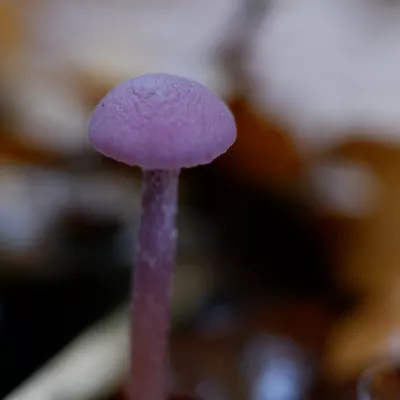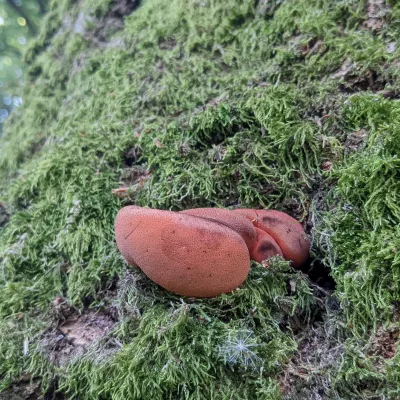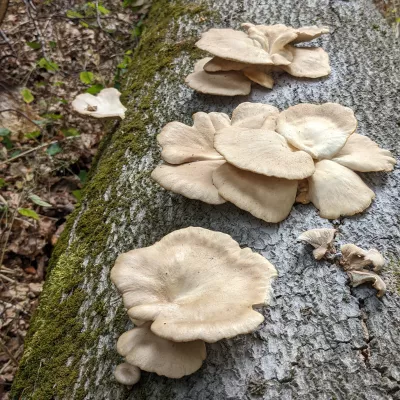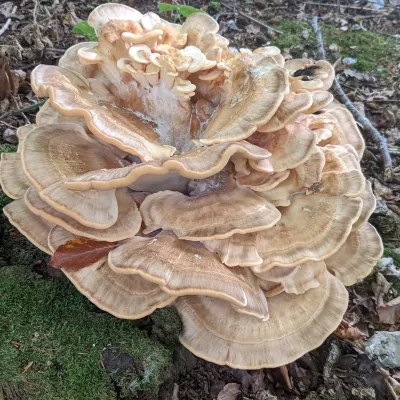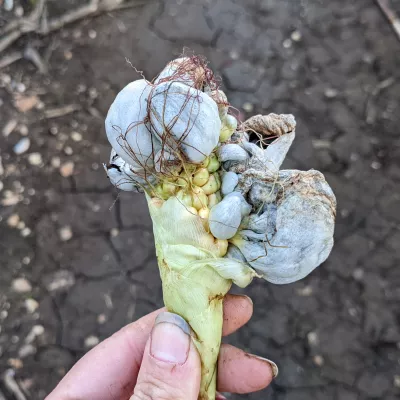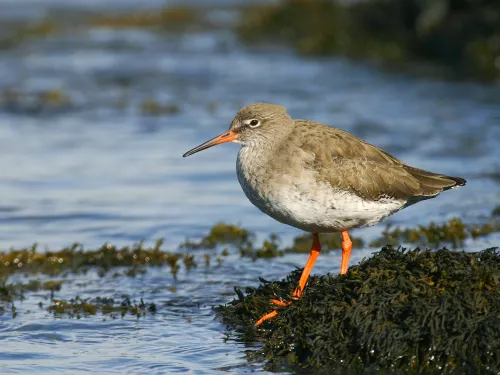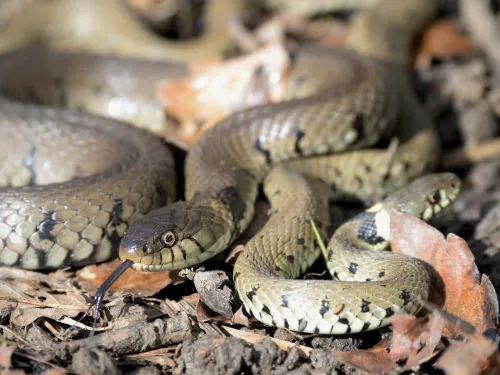Fungal conservation starts with recording
With many conservationists focusing their site surveys on botanical interests and animals, very little surveying of fungal diversity is being done in the UK – and that includes in Kent (though this has been improving in recent years). We’re still a long way from knowing all the species in the UK let alone the world and yet we continue to degrade our landscape and pull up fungal ecosystems without much thought – there is little protection for the fungal kingdom in UK law.
What needs to be done? Firstly, we need to get over our mycophobia and start to see the beauty in this weird and wonderful kingdom. Mushrooms for one thing are not to be feared. There are less poisonous mushrooms than there are poisonous plants. And no mushrooms can harm you just by touching them. A good start is to get out and start looking for mushrooms and learning to identify them. Start recording your finds on iRecord or iNaturalist (records normally checked by the county recorder) and help scientists better understand fungal distribution. Learning to identify fungi isn’t an easy task so it helps to have a helping hand. Joining groups like Kent Field Club or posting sightings to the Kent Fungus Group Facebook page can help you learn along the way.
Note about foraging: the other thing to be mindful of is mushroom picking. While mushrooms do reproduce clonally, sexual reproduction is still important in helping species evolve. In such an unpredictable climate, evolution could be the difference between a dying species and a thriving species. Wildlife also rely on many of our fungal species and with an increased number of mushroom pickers, our wildlife could suffer the consequences. We don't encourage picking on our reserves but there are sites where you can, just make sure to check with the landowner as it's illegal to uproot plants without landowners permission.
The tide is turning on our mycophobia and we're coming to appreciate this kingdom, much like ours, it's full of diversity, character and flair. A vital part of our cultural existence, mushrooms are something to be enamoured. Next time you take a walk in the countryside, consider that we may not have soil without fungi, our forest ecosystems may not exist without fungi, the natural world could not as easily be recycled without fungi. Look down and appreciate the hidden kingdom beneath your feet!
References
